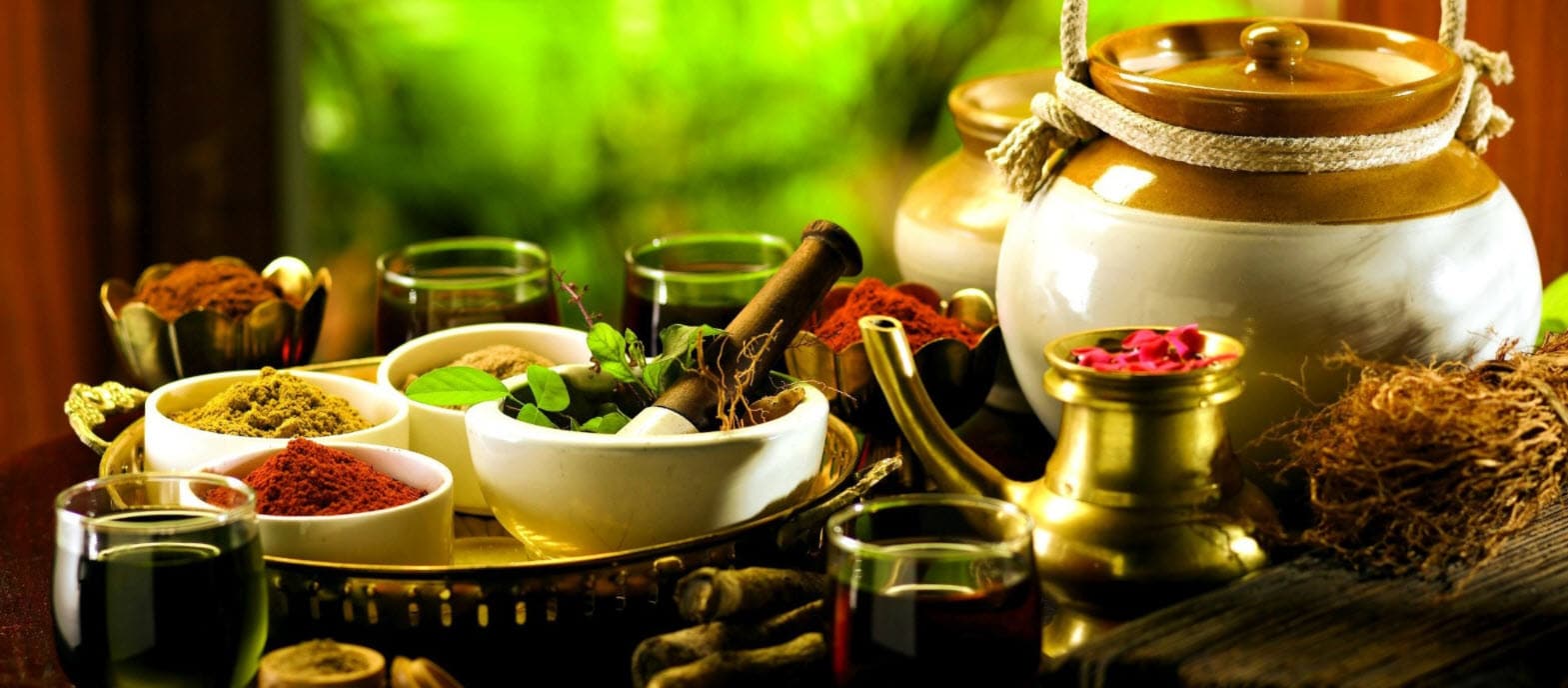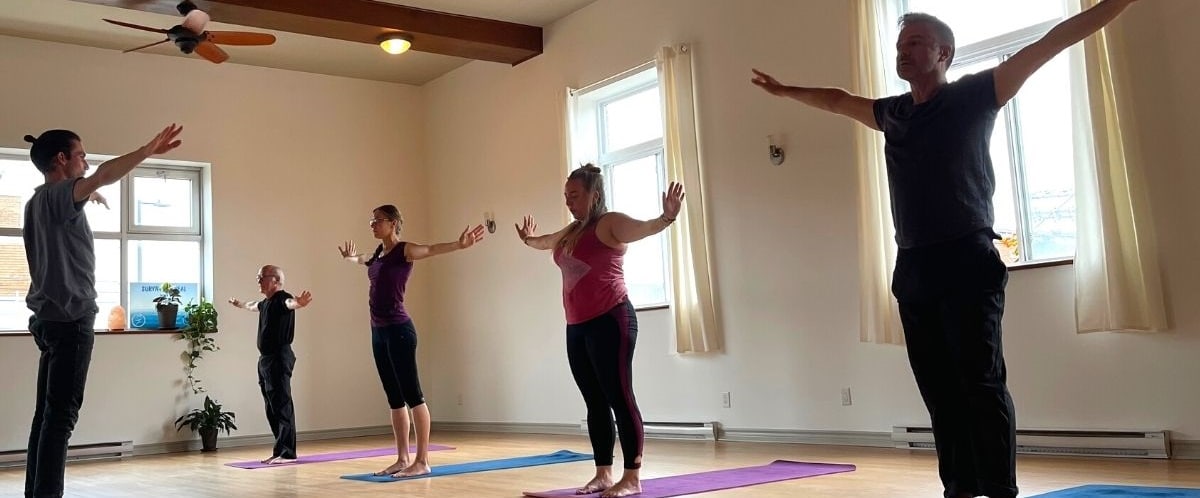The word Ayurveda comes from ‘Ayur’ and ‘Veda’ which mean respectively ‘life’ and ‘sciences’. Ayurveda thus means ‘the Science of Life’ or ‘Science of Longevity’ and was elaborated more than five thousand years ago by the Sages of the Himalayas.
The ancient ayurvedic texts
The first texts written on ayurvedic medicine date back to the Vedas, the seminal texts gathering the whole knowledge about yoga and ayurveda, which are more than 4000 years old and which were written Sanskrit hymns. The Vedas are divided into four categories: Rig Veda, Sama Veda, Yajur Veda and Arthava Veda. The first writings about Ayurveda were found in the Arthava Veda.
Later on, ayurvedic medicine was formalised in six works called Samhitas or treatises, estimated to be between 3500 and 2500 years old. They all carry the name of their author:
- Three major texts: Charaka Samhita, Sushruta Samhita, and Vagbhatta Samhitta or Ashtanga Hridayam
- Three minor texts: Madhava Nidana Samhita, Sharngadhara Samhita and Bhava-Prakasha Samhita
Ayurveda is the Indian system of health care and involves a powerful and natural healing system for our body. The ultimate goal of Ayurveda is to get and stay healthy on the physical, energetic, emotional and mental planes.
The 5 Mahabhutas
It is by observing nature and its workings that the wise men from the Himalayas discovered the five states of matter, or the five basic elements constituting our physical world – the 5 Mahabhutas:
- Akasha or ether,
- Vayu or air,
- Agni or fire,
- Jala or water,
- Prithvi or earth.
Earth is linked to all the solid constituents of our body such as our skeleton, muscles, bowels, or everything that can be weighed.
Water connects the different tissues, unites matter and plays a protective and lubricating role.
Fire refers to our metabolism and digestion. It is the digestive principle on the physical, emotional and mental planes through fire.
Air is linked with movements of all kinds such as breath, the breathing of our cells, muscular effort, skeletal locomotion and generates the impulsion for the movement.
Ether refers to our body’s empty spaces and contains matter.
The interplay of the doshas
These five Mahabhutas are combined in our body to form what is called the three doshas:
- Vata dosha which means ‘that which blows’ in terms of movement, and which is constituted of air and ether,
- Pitta dosha, which means ‘that which burns’ in terms of transformation, and which is constituted of fire and water,
- Kapha dosha, which means ‘that which links’ in terms of support, and which is constituted of water and earth.
Each individual is constituted of a unique combination of these three doshas, determined at the time of their conception, and which stands for their natal constitution – this is called Prakruti.
When all three doshas are balanced, that is when their combination is the same as that of our birth, we are in good health. Yet, if our lifestyle, our diet, our psychological or emotional state or any other external factor upsetting our organism disrupts this balance, we face a situation of imbalance, which can, after some time, bring us diseases – this is called Vikruti.
Techniques of harmonization
To get back this state of balance, or Prakruti, Ayurveda offers several tools:
Nutrition, based on fresh, seasonal and organic food, that agrees with our doshic constitution (Vata, Pittaand/or Kapha),
Phytotherapy, through plants and spices, which are regenerative tonics (Rasayana) full of vital energy (Prana),
Yoga, with postures (Asanas), breathing exercises (Pranayama) and meditation,
Massages, covering all external cares of the body and the head,
The five actions of internal purification also known as Panchakarma:
- Cleaning of the nose, mouth and ears or Nasya,
- Therapeutic vomiting or Vamana,
- Therapeutic purge or Virechana,
- Therapeutic bloodletting or Raktamokchana,
- Enema or Kashaya Basti or Enema Basti.




